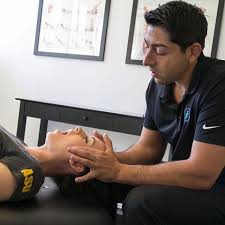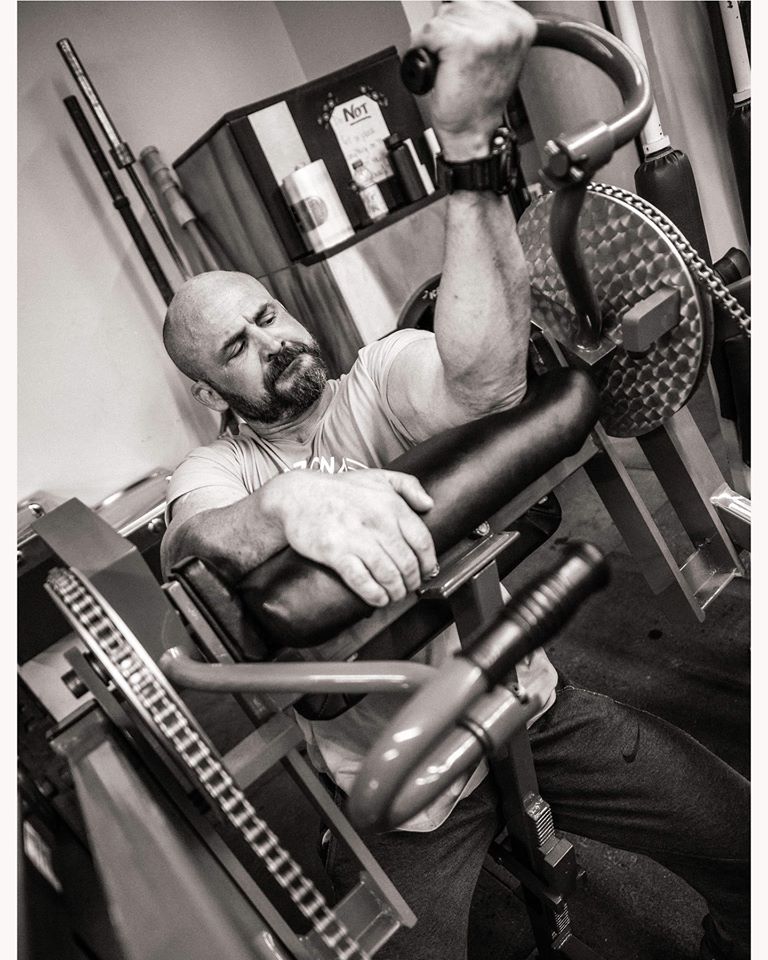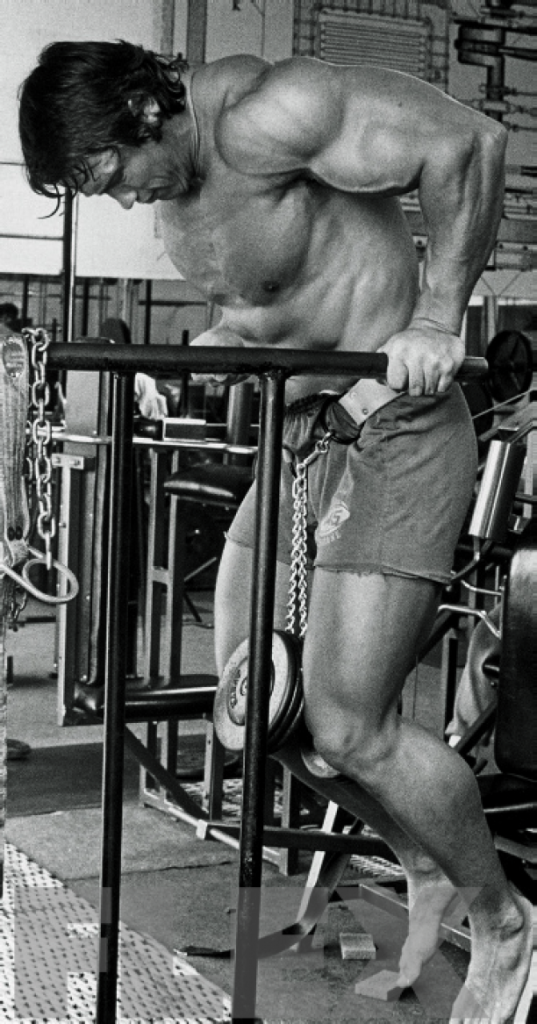In the most basic terms, Hypertrophy refers to an increase in the size of a…

Core Stability (IAP)
Core Stability Conundrum by Dr. Cameron Khavari, D.C., M.U.A.C.
Intra-Abdominal Pressure (IAP)
In my chiropractic practice, a lot of athletes come in saying that their programs include core work or core stability training. The issue, however, is that core stability should be rich in intra-abdominal pressure, not abdominal hollowing, sucking in, or tightening of the abdominal wall.
“The Core”
In a general sense, the word “core” means center, middle, or nucleus. To train that center, we should be think of it as training from the inside out. The foundation of body stability is pressure within the abdomen. Intra-Abdominal Pressure (IAP) provides greater core and trunk stabilization by increasing abdominal pressure and decreasing Intra-Abdominal Volume (IAV).
How IAP Works
The pressure acts as an anchor for pelvic, leg, and trunk muscles to pull from, concurrently stabilizing the spine, pelvis, and ribcage. The stability of IAP gives muscles a stable point to pull from, which will create, control, or prevent movement of the joints and muscles depending on the task. If the task is a back squat, we must create ideal movement in the hip and middle back, control forward or backward pelvic tilting, and prevent sheering stress on the low back vertebrae. This is efficiently achieved with optimal IAP. In Figure 1, we want to expand the abdominal wall by dropping the dome of the diaphragm (red line) down (to the blue line). When we train this repetitively, it will be a subconscious, automatic action that our bodies take to ensure proper alignment and motor control. throughout the task.
Develop the Ability to Generate IAP
How You Can Start at Home IAP occurs as you expand your abdominal wall (front and sides) and back. Expand outward, 360 degrees around your true waist (see Figure 2). This true waist area is where you would place your weight belt tight enough to feel, but not too tight that it wrinkles the skin. You want to breathe into the belt so that the belt expands 360 degrees outward. When you apply pressure, you want to feel like you are sandwiching your spine in between the belt and the IAP you have created. Make sure that you are not flexing your spine forward to move the belt outward at the spine.
5 Positions to Train In
1. On your stomach
2. On your back in a 90/90 position – Legs resting on a chair
3. Sitting
4. Standing
5. Hang Clean Position with a 10-25 Pound Kettle Bell
Practicing IAP and IAP with breathing is important — not only to prevent injuries and increase stability, but to also instill this stabilizing pattern so that it is subconscious. We want to be able to automatically resort to this ideal stabilizing strategy while performing at a high level. Athletes of all sports will be safest and perform at at their best if they can maintain IAP during exhausting physical demands. Training a sound athlete will be dependent on whether they maintain IAP when energy and stability is at a premium.

Dr. Cameron Khavari, D.C., M.U.A.C.
Dr. Cameron Khavari uses his education and experience to help patients achieve optimal health and to recover from pain related syndromes. This includes, among other ailments, sciatica, spinal pain in any region, tingling and numbness of the arms or legs, migraines, plantar fascitis, shoulder and hip pain. Dr. Khavari has studied under orthopedic surgeons, neurologists, biomechanic specialists and pediatric neurologists from all over the world. His experiences in the arena of physical medicine make him uniquely suited to effectively treat a wide range of symptoms.
Dr. Khavari has been treating chronic and acute neuromusculoskeletal problems for years and has taken over 500 hours of post-graduate and continuing education training. His commitment to thinking broadly about health, fitness and optimum functionality translates into quality care and long-lasting results for patients of all ages, from newborn to geriatric.
Over the years, Dr. Khavari has worked extensively with patients diagnosed with Multiple Sclerosis and has developed unique strategies to help them. His practice and high level of care has allowed him to work alongside the top neurologists in the Phoenix area to help patients suffering from gait related issues and pain that is a product of this demyelinating disease.
- Arizona Chiropractic Physician
- Dynamic Neuromuscular Stabilization (DNS) Certified Physician (2016)
- Physical Medicine Modalities and Therapeutic Procedures Certified
- Manipulation Under Anesthesia Certified
- Texas Chiropractic College (Manipulation Under Anesthesia) 2010
- Logan College of Chiropractic (D.C.) 2009
- Michigan State University B.S. (Nutritional Sciences) 2005


